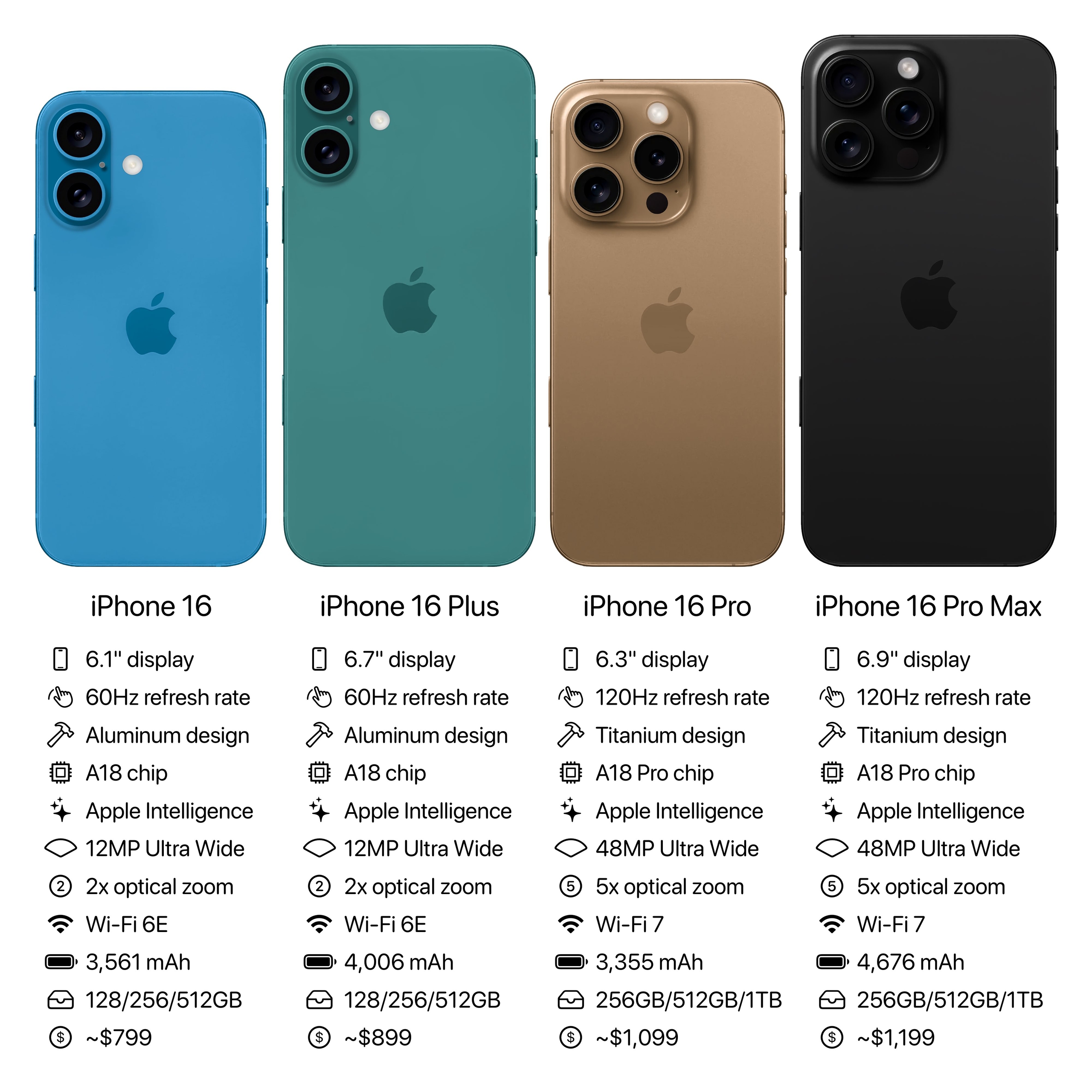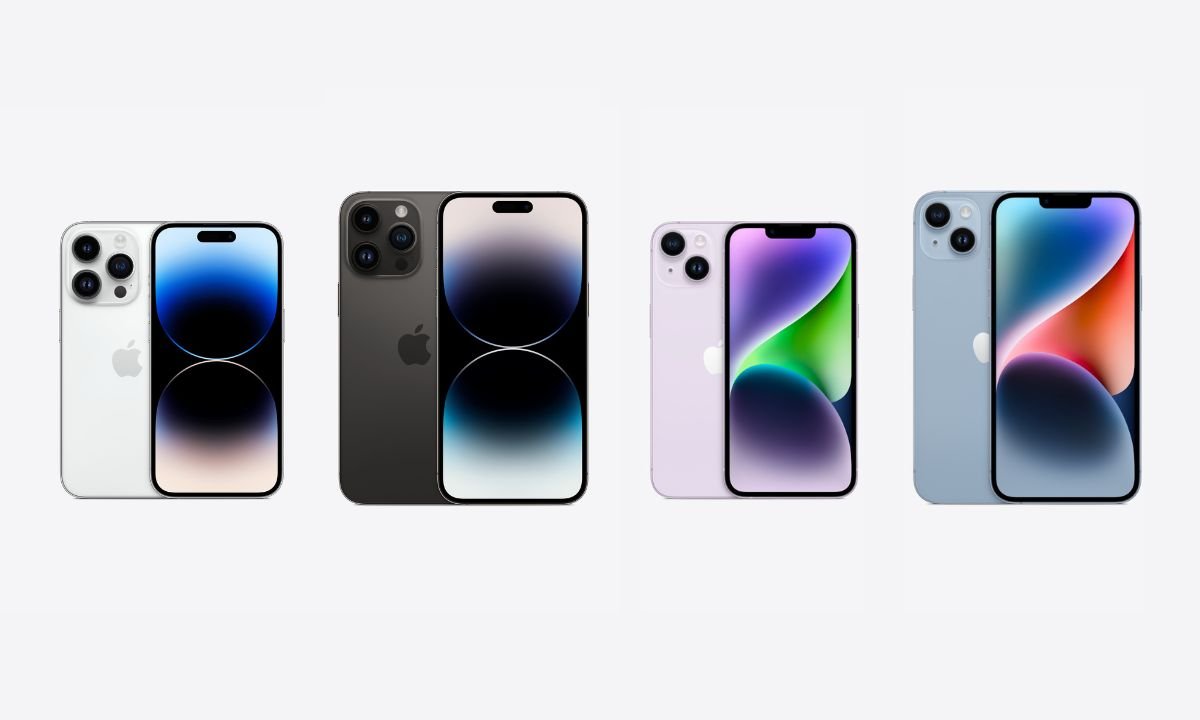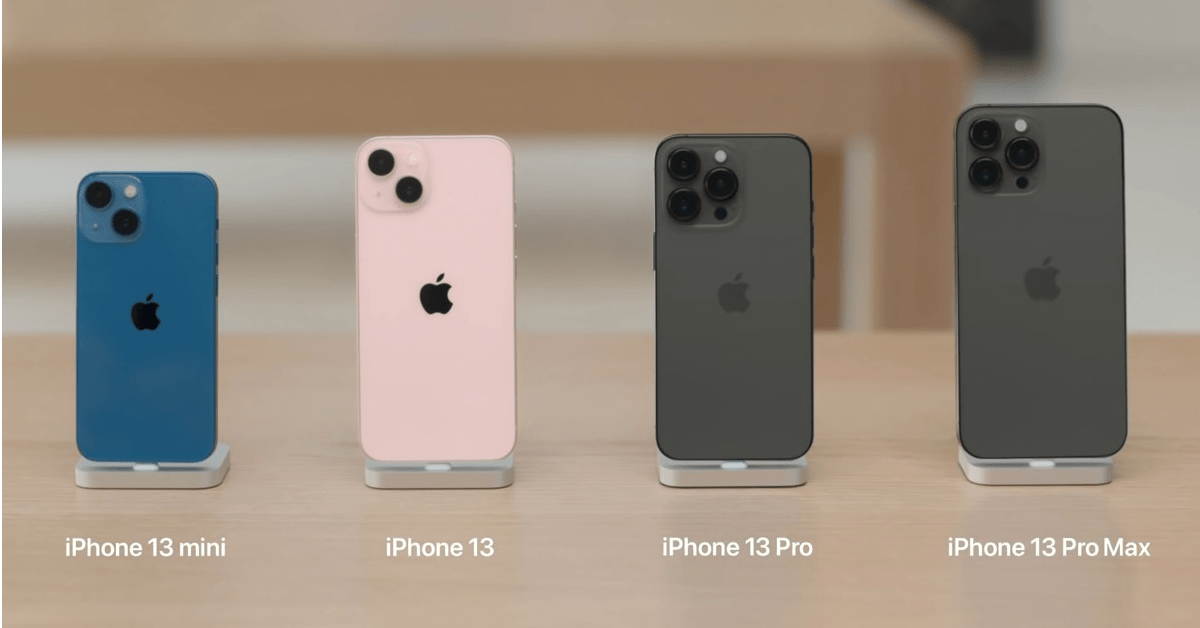The iPhone Series: A Comprehensive Guide to Apple’s Iconic Smartphone Lineup
The iPhone series has become synonymous with cutting-edge technology, sleek design, and an unparalleled user experience. Since its debut in 2007, Apple’s iPhone has transformed the smartphone industry, continuously setting new benchmarks for what mobile devices can achieve. In this article, we will explore the evolution of the iPhone series, highlighting key features, the latest models, and what makes each generation of iPhones so revolutionary.

The Evolution of the iPhone Series
Apple’s journey with the iPhone series has been a remarkable one. From its humble beginnings to its current dominance in the global smartphone market, the iPhone has evolved in numerous ways, constantly introducing innovative features to enhance user experience. Here’s a closer look at the milestones of the iPhone series.
The Early Years: iPhone 2G to iPhone 4
The original iPhone 2G, launched in 2007, marked the beginning of the smartphone revolution. It introduced the concept of a touchscreen phone that was easy to use, integrating internet browsing, music, and video capabilities in a sleek design.
- iPhone 2G (2007): The first iPhone was revolutionary for its all-touchscreen interface and lack of a physical keyboard, a design concept that would go on to dominate the industry.
- iPhone 3G/3GS (2008-2009): The introduction of 3G connectivity and the App Store made these models huge successes, allowing users to download apps and enjoy faster internet speeds.
- iPhone 4/4S (2010-2011): Featuring the first Retina Display and a sleeker, more premium design, the iPhone 4 raised the bar for smartphone displays, setting a new standard for resolution and screen quality.
The Rise of the iPhone 5 to iPhone 7
The iPhone 5 series (2012-2013) introduced the lightning connector and a larger 4-inch screen, catering to consumers’ growing desire for more screen real estate. Apple further refined the iPhone with the release of iPhone 6 and 6 Plus, offering even larger screens and the introduction of Apple Pay, revolutionizing mobile payments.
- iPhone 5/5S (2012-2013): The Touch ID fingerprint sensor was introduced, allowing users to unlock their phones and make purchases with ease.
- iPhone 6/6 Plus (2014): The larger screens, coupled with Apple Pay, solidified the iPhone’s position as a dominant mobile device.
- iPhone 7/7 Plus (2016): The removal of the headphone jack was controversial but paved the way for wireless audio and AirPods. The dual-lens camera on the iPhone 7 Plus was also a game-changer for mobile photography.
The iPhone X Series and Face ID Revolution
In 2017, Apple introduced the iPhone X, celebrating the 10th anniversary of the iPhone. This model ushered in a new era, with Face ID, an edge-to-edge OLED screen, and the removal of the home button. The iPhone XR, XS, and XS Max followed, continuing the trend of larger displays and cutting-edge technology.
- iPhone X (2017): Face ID replaced Touch ID, offering a more secure and futuristic method of unlocking the device.
- iPhone XR/XS/XS Max (2018): These models further refined the design and performance, with the XR offering a more affordable option without compromising on features.
- iPhone 11/11 Pro/11 Pro Max (2019): The triple-lens camera system in the Pro models enhanced mobile photography, making the iPhone a top choice for photographers and content creators.

The Latest iPhone Models: iPhone 15 Series
The iPhone 15 series represents the latest innovation in Apple’s smartphone lineup. With multiple models designed to cater to different user needs, the iPhone 15, 15 Plus, 15 Pro, and 15 Pro Max bring even more power, advanced features, and refinement.
Key Features of the iPhone 15 Series
- Dynamic Island: Apple introduced the Dynamic Island with the iPhone 14 Pro models, and it has been further refined in the iPhone 15 series. This feature allows users to interact with notifications, alerts, and activities in a more intuitive and immersive way.
- USB-C Port: The iPhone 15 has transitioned to the USB-C charging port, aligning with industry standards and providing faster charging and data transfer speeds.
- Improved Cameras: The iPhone 15 Pro models feature 48MP main cameras, advanced photonic engine technology, and telephoto zoom, elevating the smartphone photography experience.
- A17 Bionic Chip: Apple’s A17 Bionic chip delivers incredible speed and efficiency, making the iPhone 15 models faster and more power-efficient than ever before.
iPhone 15 Pro Max: The Ultimate iPhone Experience
The iPhone 15 Pro Max stands out with its titanium frame, offering a lighter yet more durable design. It’s equipped with a 48MP camera, a 5x optical zoom, and a ProMotion display that can refresh up to 120Hz. It is Apple’s most powerful and feature-packed device, ideal for users who demand the best performance and features from their smartphone.
- Display: The Super Retina XDR display with ProMotion technology offers vibrant colors and a smooth, responsive experience.
- Battery Life: Apple has continued to improve battery life, and with iOS 17, the iPhone 15 series delivers exceptional battery optimization.

iPhone 15 vs. iPhone 14: What’s New?
Every year, Apple releases a new iPhone series, and with each release, users want to know how the latest model compares to the previous one. The iPhone 15 series builds on the success of the iPhone 14, with noticeable improvements in performance, camera quality, and design.
Design and Display:
While both the iPhone 14 and iPhone 15 share a similar design, the iPhone 15 introduces a new USB-C charging port and a more durable titanium frame in the Pro models.
Camera:
The iPhone 15 Pro models come with a 48MP main camera, which is a significant upgrade over the 12MP camera of the iPhone 14. The Pro Max model also offers 5x optical zoom for enhanced photography.
Performance:
The A17 Bionic chip in the iPhone 15 series offers better performance and energy efficiency compared to the A16 chip in the iPhone 14. This results in faster processing speeds and improved battery life.
Software:
Both models run on the latest iOS 17, bringing new features like Interactive Widgets, Live Voicemail, and iCloud Shared Photo Library.
Battery Life:
Battery life is slightly improved in the iPhone 15 series, thanks to the more efficient A17 Bionic chip and better battery optimization in iOS 17.
iPhone 15 Series vs. Competitors
In 2024, Apple’s iPhone series faces stiff competition from other smartphone giants, including Samsung, Google, and OnePlus. However, Apple’s continued focus on performance, camera quality, and the user experience sets it apart from its competitors. Here’s how the iPhone 15 stacks up:
- Samsung Galaxy S24 Ultra: While the Galaxy S24 Ultra offers incredible features like a 200MP camera and a 6.8-inch display, the iPhone 15 Pro Max is more refined in its camera processing and offers a more seamless integration with the iOS ecosystem.
- Google Pixel 8 Pro: The Pixel 8 Pro excels in AI-powered photography and stock Android experience. However, the iPhone’s camera consistency and app ecosystem remain more robust.
- OnePlus 11 Pro: The OnePlus 11 Pro offers excellent performance and value for money, but Apple’s iPhone continues to lead in brand loyalty and premium features.
iPhone FAQs
What makes the iPhone series so special?
The iPhone series is special because of its innovative features, premium design, and seamless iOS ecosystem. Apple continues to push the envelope with each new generation, offering features like Face ID, dynamic island, and advanced cameras.
Is the iPhone 15 worth upgrading to?
If you’re using an older iPhone, such as the iPhone 13 or earlier, the iPhone 15 series offers notable upgrades in camera quality, performance, and battery life. The switch to USB-C and
the new A17 Bionic chip makes the iPhone 15 a great option for those seeking the latest technology.
What is the best iPhone for photography?
The iPhone 15 Pro Max is the best choice for photography, offering a 48MP camera, telephoto zoom, and advanced photonic engine technology for exceptional image quality.
Does the iPhone 15 have a headphone jack?
No, like previous models, the iPhone 15 does not have a headphone jack. Users are encouraged to use Bluetooth headphones or AirPods for audio.
Conclusion
The iPhone series continues to be the benchmark for smartphones, with each iteration pushing the boundaries of what’s possible in mobile technology. Whether you’re looking for the ultimate photography experience, the fastest performance, or seamless integration with other Apple devices, the iPhone has you covered. With the iPhone 15 series, Apple has once again set a high bar for the smartphone industry, and it will be exciting to see what innovations the next generation brings.


